Dangers of AI is getting more common in our lives. It’s important to think about the risks it brings. AI could take over jobs that are boring or repetitive, leading to many people losing their jobs.
We need to talk about the dangers of AI and how to keep it safe. The big question is: Can we stop AI from causing harm, or will its benefits be too late?
Key Takeaways
- AI systems can potentially replace human workers, leading to significant job displacement and economic inequality.
- Approximately 14% of jobs worldwide could be displaced by AI and automation by 2030, affecting around 375 million workers.
- Biased AI algorithms can result in up to 30% higher rates of discrimination in hiring processes compared to human evaluators.
- Approximately 60% of consumers express concerns about how their data is utilized by AI systems, highlighting privacy invasion as a significant issue.
- Nearly 70% of experts agree that regulatory frameworks for AI are insufficient, calling for urgent action to prevent ethical violations and exploitation.
- Awareness of ethical implications tied to AI development is growing but remains behind the pace of technological advancements, making ai safety concerns a pressing issue.
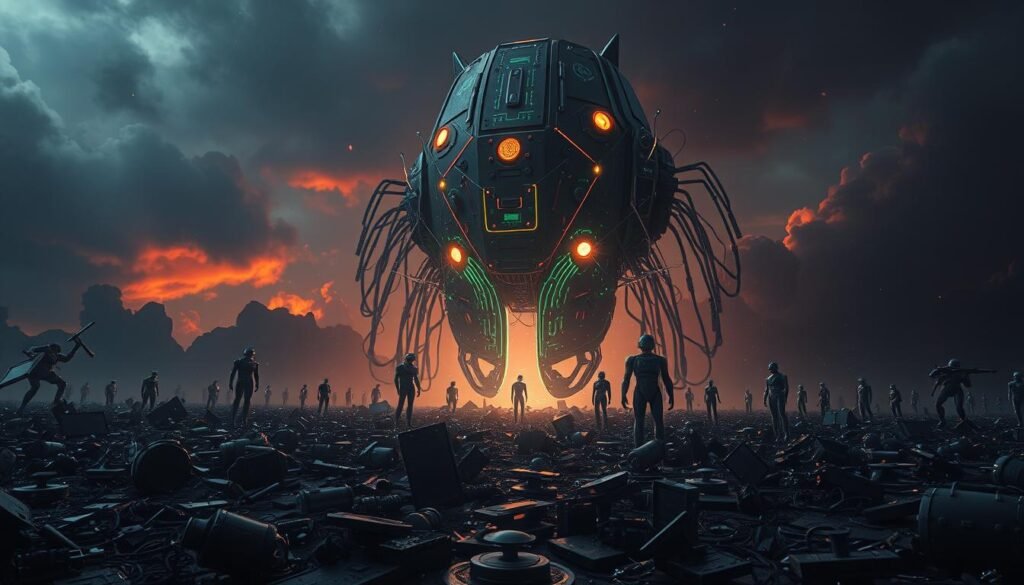
Understanding the Evolution of Artificial Intelligence
Artificial intelligence has changed a lot over the years. This has brought up worries about ai safety and its ethics. As ai gets better, we must think about how it might harm different fields and society.
The quick growth of ai has led to generative ai. This technology can make things like images, music, and essays that look like they were made by humans. But, this also makes us worry about ai being used wrongly and the need for strict rules to keep things safe.
Important moments in ai’s history include the making of natural language processing models and ai’s use in healthcare and finance. Today, ai can do amazing things. But, we also need to think about the ethics of ai and how it might affect jobs and the environment.
- Only 24% of generative ai projects are secure, leaving data and models open to risks.
- The global average cost of a data breach involving ai is expected to be USD 4.88 million in 2024.
- Training one natural language processing model can release over 600,000 pounds of carbon dioxide.
As ai keeps getting better, we must tackle ai safety concerns and its ethics. This way, we can enjoy ai’s benefits while reducing its downsides.
The Dangers of AI: A Comprehensive Overview
As AI technology advances, we must think about the potential hazards of artificial intelligence. This includes ai security threats and the impacts of ai on society. AI uses a lot of energy, which harms the environment. This is a big worry because it can hurt our planet for a long time.
The big tech companies like Facebook, Microsoft, and Google are leading AI development. Their influence can lead to ai security threats for everyone. This is because they might control too much data and algorithms.
Some big worries about AI are:
- Job loss and economic problems
- Privacy and security risks
- AI bias and unfair treatment
- Autonomous weapons and military use
- Social manipulation and fake news
A report says about 40% of work hours could be changed by AI tools like ChatGPT-4. This shows we need to get used to new work situations. We must also watch out for the potential hazards of artificial intelligence.
| Category | Concern | Impact |
|---|---|---|
| Environmental | Carbon footprint | Long-lasting effects on the planet |
| Social | Job displacement | Economic impact and social inequality |
| Security | Data monopolies and algorithmic control | Privacy and security vulnerabilities |
Job Displacement and Economic Impact
The use of artificial intelligence in many fields raises ethical concerns of ai. This is especially true for job loss and economic effects. As AI gets better, many worry about the potential dangers of artificial intelligence causing a lot of job losses.
Jobs at risk include data entry, customer service, and basic analysis. Some areas might see up to a 50% drop in job openings because of AI. This shows the negative effects of ai on jobs.
Some important stats about AI’s impact on jobs and the economy are:
- About 25% of jobs worldwide could be at risk of being automated by 2030.
- Around 40% of the workforce might need to learn new skills in the next 5 years because of AI.
- Job displacement could lead to a 20% rise in income inequality between skilled and unskilled workers.
As AI keeps improving, we must tackle the ethical concerns of ai. We need to lessen the potential dangers of artificial intelligence. This will help make the shift to an AI-based economy smoother. It will also reduce the negative effects of ai on workers and the economy.
| Industry | Job Displacement Risk |
|---|---|
| Data Entry | High |
| Customer Service | Medium |
| Basic Analysis | High |
Privacy and Security Vulnerabilities
As we use artificial intelligence more, we face risks associated with artificial intelligence. A big worry is how ai risks might hurt our privacy and security. With so much data being made and stored, the danger of data breaches and cyberattacks grows.
AI can harm privacy and security in several ways:
- Data breaches: Every day, 2.5 quintillion bytes of data are made worldwide. Keeping it safe is hard.
- Cyberattacks: AI tools might make cyber attacks faster and more complex.
- Malicious malware: AI, like ChatGPT, can make code, including harmful malware. This shows the danger of new programmers making malware.
To fight these risks, we need strong security steps. We must make sure AI systems think about privacy and security. This means doing privacy impact assessments often and using data minimization and data anonymization to lower data leakage risk.
| Risk | Description |
|---|---|
| Data Breaches | Unauthorized access to sensitive data |
| Cyberattacks | Malicious attacks on computer systems |
| Malicious Malware | Software designed to harm or exploit systems |
AI Bias and Discrimination Concerns
Exploring artificial intelligence, we must talk about its threats and dangers. AI bias can harm society, especially marginalized groups. It’s crucial to address these issues.
AI bias comes from training datasets that lack diversity. For example, a healthcare algorithm was less accurate for Black patients. This shows we need to make AI fair and unbiased.
Real-world AI discrimination is scary. We must face the dangers of AI. Here are some examples:
- Hiring algorithms that show bias against job candidates with disabilities
- AI-based credit scoring models that are less accurate for low-income individuals
- Facial recognition systems that misidentify individuals with darker skin tones more frequently
To reduce these risks, we need AI that’s transparent and fair. We must use diverse datasets and test AI for bias. By understanding AI’s threats, we can make it better for everyone.
Autonomous Weapons and Military Applications
AI is becoming more common in the military, with about 75% of military groups planning to use AI by 2025. This growth worries many about the risks of advanced ai systems and the dangers of machine learning in weapons.
One big worry is AI getting smarter than humans, leading to unpredictable actions in the military. The potential threats of artificial intelligence are huge, and we need rules to stop AI misuse.
Some important facts about AI in the military include:
- By 2030, global military spending on AI will be over $70 billion.
- About 30 countries are working on autonomous weapons.
- By 2040, AI could make up over 30% of military assets in some forces.
The creation and use of autonomous weapons bring up tough questions about AI in military decisions. As AI use in the military grows, we must tackle these issues and create rules for AI use.
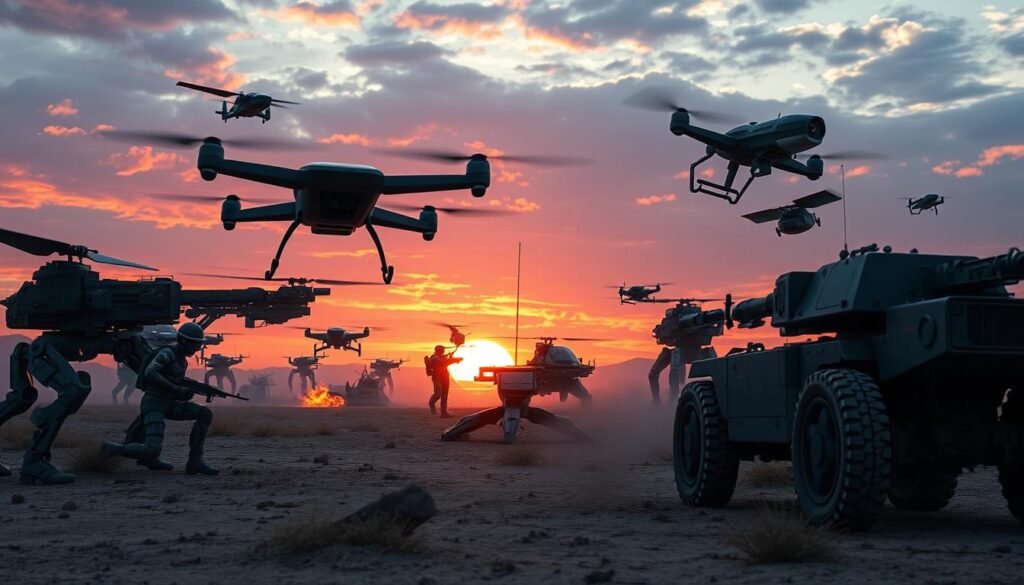
| Category | Statistic |
|---|---|
| Military organizations planning to implement AI | 75% |
| Global military spending on AI by 2030 | $70 billion |
| Countries developing autonomous weapons systems | 30 |
Social Manipulation and Misinformation
Exploring artificial intelligence, we see risks in social manipulation and misinformation. AI can create fake content, like deepfakes and synthetic media. This is a big concern.
Studies show AI propaganda can deeply affect democracy. It can change public opinion and even sway elections. For example, in 2019, Li Bicheng suggested an AI system for fake social media accounts. This shows we must tackle AI security issues.
- AI-generated content can be very convincing, making it hard to tell real from fake.
- AI propaganda can harm trust in institutions and sway public opinion.
- Tools like Sora make creating high-quality AI content easier, raising the risk of misinformation.
We must address these risks and prevent AI misuse. By understanding AI’s dangers and improving security, we can enjoy its benefits safely.
Environmental Consequences of AI Development
The growth of artificial intelligence (AI) brings big environmental worries. These include artificial intelligence dangers like how much energy it uses and the waste it creates. As AI gets more advanced, it uses more energy, leading to more carbon emissions. This raises ethical concerns ai and shows we need to think about technology ethics when making AI.
Some big environmental issues with AI are:
- High energy use: Training AI needs lots of computer power, which uses a lot of energy and makes greenhouse gases.
- E-waste: Making and throwing away AI gadgets adds to the growing problem of electronic waste. This waste is bad for the environment and our health.
- Water use: Data centers, key for AI, use a lot of water for cooling. This can lead to water shortages and pollution.
To lessen these environmental problems, we need to make AI in a way that’s good for the planet. This means using green energy, cutting down on waste, and focusing on technology ethics in AI. By tackling these artificial intelligence dangers and ethical concerns ai, we can help AI be more eco-friendly and sustainable for the future.
| Environmental Impact | Description |
|---|---|
| Carbon Footprint | The amount of greenhouse gas emissions associated with AI development, including energy consumption and e-waste generation. |
| Water Usage | The amount of water required for cooling data centers and other AI-related infrastructure. |
| E-waste Generation | The amount of electronic waste generated by the production and disposal of AI-related hardware. |
The Risk of AI Superintelligence
The idea of AI superintelligence is a machine as smart as humans. It worries us about AI getting smarter than us. This could change society in big ways. We must think about the ai impact society and the machine learning risks and potential ai threats it brings.
People like Nick Bostrom and Sam Altman talk about AI superintelligence dangers. Altman says it could happen in “a few thousand days.” This shows we need to make AI safely and responsibly. Some say current AI can’t be as smart as humans, but we need it to be.
AI superintelligence comes with big challenges. We face problems like losing control, aligning AI with our goals, and risks to our existence. We must plan and research to make AI safe and responsible. By focusing on ethical ai development, we can make AI good for society and reduce risks.
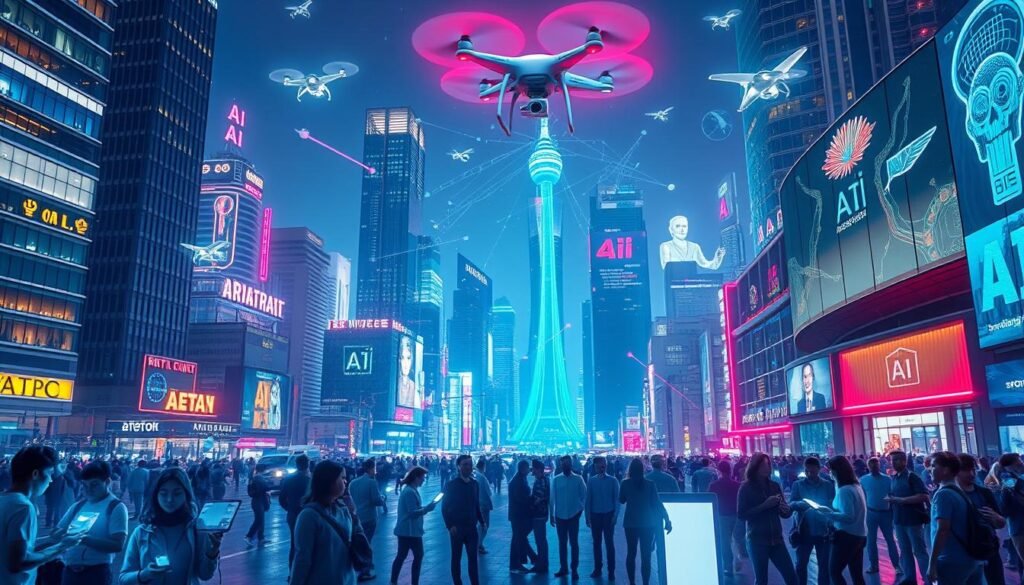
Legal and Regulatory Challenges
The fast growth of AI has brought up big ethical concerns about its impact on society. As AI enters more parts of our lives, technology ethics is becoming a major issue. The ai impact society in many ways, with both good and bad effects.
Challenges with AI include privacy and security issues, bias and discrimination, and liability concerns. We need strong legal and regulatory frameworks to manage AI’s growth. The current rules can’t keep up with AI’s fast changes, so new agencies are suggested to oversee AI.
Recent data shows we really need new rules, with AI scams and discrimination on the rise. The FTC’s advisory on AI voice scams and the EEOC’s warning on AI discrimination stress the need for action.
To lessen AI risks, companies should do thorough checks and make sure contracts protect against data misuse. The U.S. Copyright Office says AI-assisted works might be copyrighted, but AI-only creations aren’t. This shows we need clear rules on AI-made content.
Protecting Against AI Risks: Essential Steps
To fight machine learning risks in AI, we must act early. This means keeping up with AI research, having a strong tech base, and improving AI team skills. These steps help organizations get ready for potential ai threats and promote ethical ai development.
Here are key ways to guard against AI risks:
- Use strong security to stop data breaches and cyber attacks
- Do regular checks to find and fix risks of advanced ai systems
- Make and follow strict rules for AI making and using
By focusing on ethical ai development and taking steps to reduce machine learning risks, companies can lower potential ai threats. This makes the AI world safer for everyone.
| Measure | Description |
|---|---|
| AI Research | Keep up with the newest AI research and findings |
| Tech Stack | Build a solid tech base to support AI systems |
| AI Teams | Boost AI team skills for better AI development and use |
Conclusion: Balancing Innovation with Safety
As we wrap up our look at the dangers of artificial intelligence (AI), it’s clear we need a careful balance. AI’s benefits are huge, adding $15.7 trillion to the world economy. But, we must face its risks.
AI’s fast growth worries us about job loss, privacy issues, bias, and even superintelligent threats. With 67% of people worried about AI’s privacy impact and 78% of businesses needing fairness, we must act.
Looking ahead, we must focus on ethical AI development. We need strong safeguards and oversight to protect against AI dangers. By aligning AI with global standards, we can harness its power while keeping people safe.
FAQ
What are the dangers of AI?
The article talks about the dangers of artificial intelligence (AI). It covers job loss, privacy issues, and bias. It also talks about autonomous weapons, social manipulation, and environmental harm. Lastly, it mentions the risk of AI becoming too smart.
How is the evolution of AI technology unfolding?
The article explains how AI technology is growing fast. It mentions key milestones and what AI can do now. It also talks about the good and bad sides of AI, like job loss and misuse.
What are the industries most at risk from AI-driven job displacement?
The article names industries facing job loss due to AI. It talks about the economic effects and how to adapt to an AI world.
What are the privacy and security vulnerabilities associated with AI?
The article discusses how AI can be used for harm. It talks about AI system security and privacy risks. It mentions data breaches and cyberattacks as examples.
How does AI bias and discrimination impact marginalized communities?
The article looks at AI bias and its effects. It gives examples and talks about how it hurts certain groups.
What are the potential risks associated with autonomous weapons and military applications of AI?
The article talks about AI in the military. It mentions the risk of AI becoming too powerful and the need for rules.
How can AI be used for social manipulation and the spread of misinformation?
The article discusses AI’s role in spreading false information. It talks about deepfakes and propaganda’s impact on democracy.
What are the environmental consequences of AI development?
The article mentions AI’s big carbon footprint. It talks about making AI more eco-friendly.
What are the legal and regulatory challenges associated with AI?
The article looks at AI’s legal and ethical issues. It talks about the need for rules to guide AI development.
What steps can be taken to protect against AI risks?
The article suggests ways to deal with AI dangers. It talks about personal safety, company responsibility, and government oversight.
Source Links
- https://medium.com/@asiripiyajanaka/the-potential-dangers-of-ais-impact-on-human-cognition-261f570888b8
- https://www.darkreading.com/application-security/top-tech-talent-ai-threat-human-existence-open-letter
- https://www.law.nyu.edu/sites/default/files/Lebovitz, Levina, Lifshitz-Assaf, MISQ, 2021, Published.pdf
- https://www.ibm.com/blog/10-ai-dangers-and-risks-and-how-to-manage-them/
- https://eng.vt.edu/magazine/stories/fall-2023/ai.html
- https://www.forbes.com/sites/bernardmarr/2023/06/02/the-15-biggest-risks-of-artificial-intelligence/
- https://jarnoduursma.nl/blog/the-risks-of-artificial-intelligence/
- https://cdotimes.com/2023/06/19/the-unseen-dangers-of-artificial-intelligence-a-comprehensive-analysis-and-the-need-for-proactive-measures/
- https://www.forbes.com/sites/elijahclark/2023/08/18/unveiling-the-dark-side-of-artificial-intelligence-in-the-job-market/
- https://www.chicagobooth.edu/review/ai-is-going-disrupt-labor-market-it-doesnt-have-destroy-it
- https://transcend.io/blog/ai-and-privacy
- https://www.malwarebytes.com/cybersecurity/basics/risks-of-ai-in-cyber-security
- https://coalfire.com/the-coalfire-blog/the-dark-side-of-ai-data-privacy
- https://builtin.com/artificial-intelligence/ai-bias
- https://mitsloanedtech.mit.edu/ai/basics/addressing-ai-hallucinations-and-bias/
- https://www.chapman.edu/ai/bias-in-ai.aspx
- https://unu.edu/article/militarization-ai-has-severe-implications-global-security-and-warfare
- https://blogs.icrc.org/law-and-policy/2024/09/04/the-risks-and-inefficacies-of-ai-systems-in-military-targeting-support/
- https://www.rand.org/pubs/articles/2024/social-media-manipulation-in-the-era-of-ai.html
- https://www.rathenau.nl/en/digitalisering/ai-and-manipulation-social-and-digital-media
- https://news.vt.edu/articles/2024/02/AI-generated-fake-news-experts.html
- https://www.scientificamerican.com/article/ais-climate-impact-goes-beyond-its-emissions/
- https://earth.org/the-green-dilemma-can-ai-fulfil-its-potential-without-harming-the-environment/
- https://www.unep.org/news-and-stories/story/ai-has-environmental-problem-heres-what-world-can-do-about
- https://builtin.com/artificial-intelligence/risks-of-artificial-intelligence
- https://theconversation.com/what-is-ai-superintelligence-could-it-destroy-humanity-and-is-it-really-almost-here-240682
- https://www.brookings.edu/articles/the-three-challenges-of-ai-regulation/
- https://mitsloan.mit.edu/ideas-made-to-matter/legal-issues-presented-generative-ai
- https://www.paloaltonetworks.com/cyberpedia/ai-risks-and-benefits-in-cybersecurity
- https://www.checkpoint.com/cyber-hub/cyber-security/what-is-ai-security/ai-security-risks-and-threats/
- https://www.auditboard.com/blog/what-are-risks-artificial-intelligence/
- https://www.linkedin.com/pulse/ethics-artificial-intelligence-ai-balancing-innovation-responsibility-hnjaf
- https://www.linkedin.com/pulse/balancing-innovation-regulation-ai-kiplangat-korir-ehzhf
Click here to learn more about this topic in a related article.
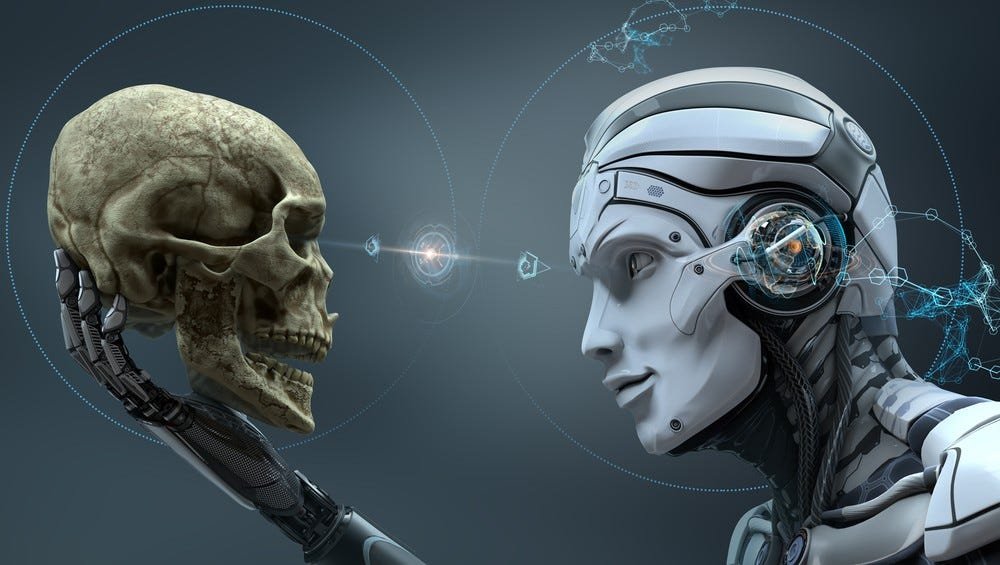
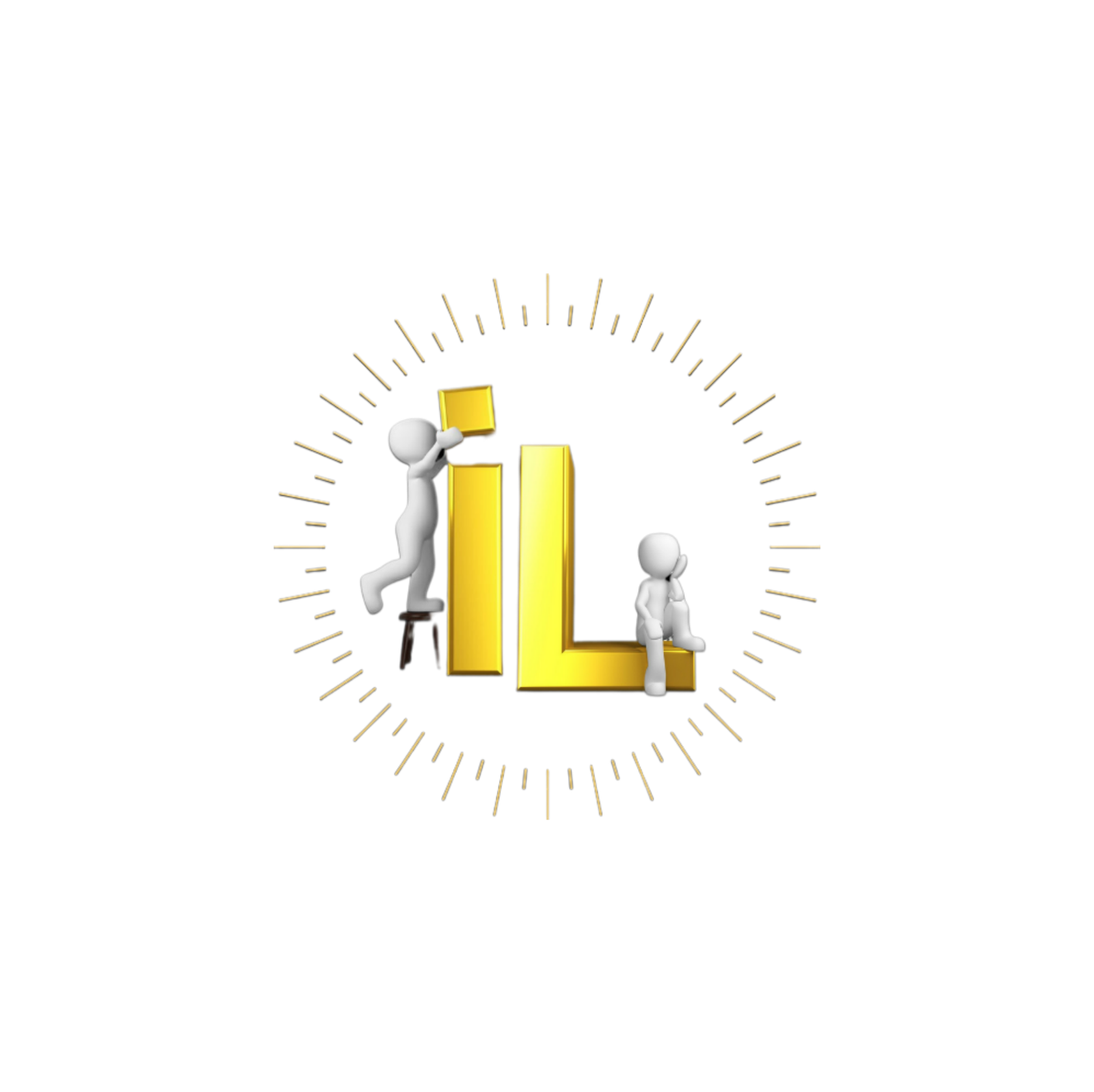

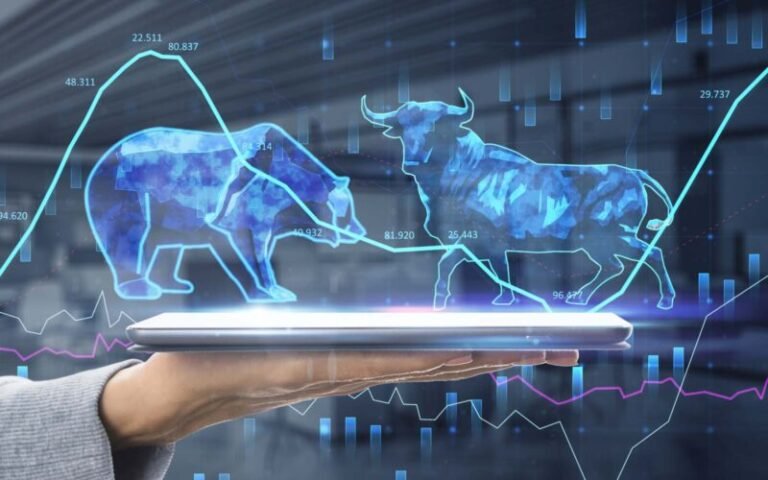

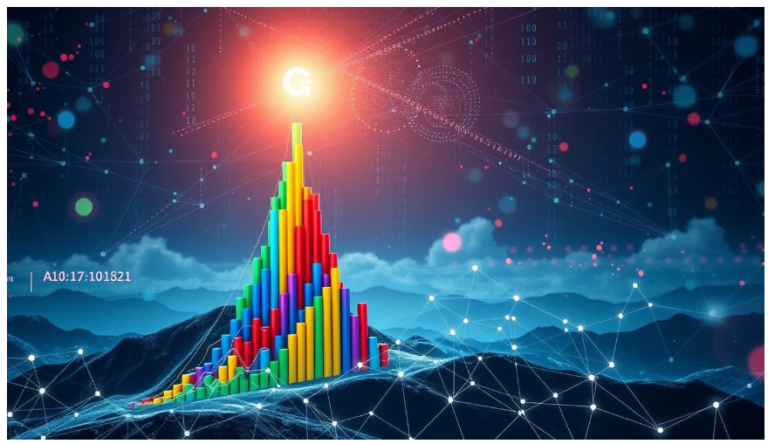
Your article helped me a lot, is there any more related content? Thanks!
Your article helped me a lot, is there any more related content? Thanks!